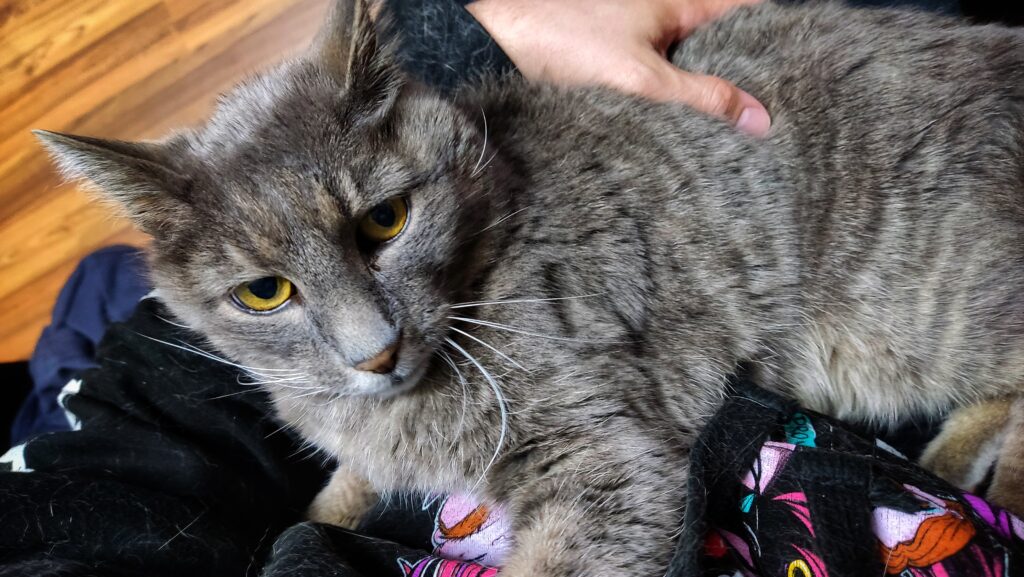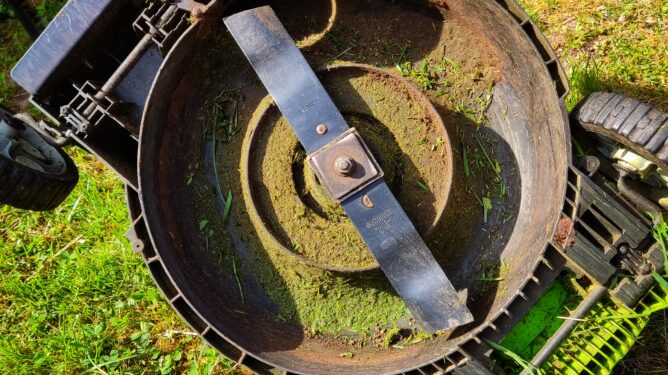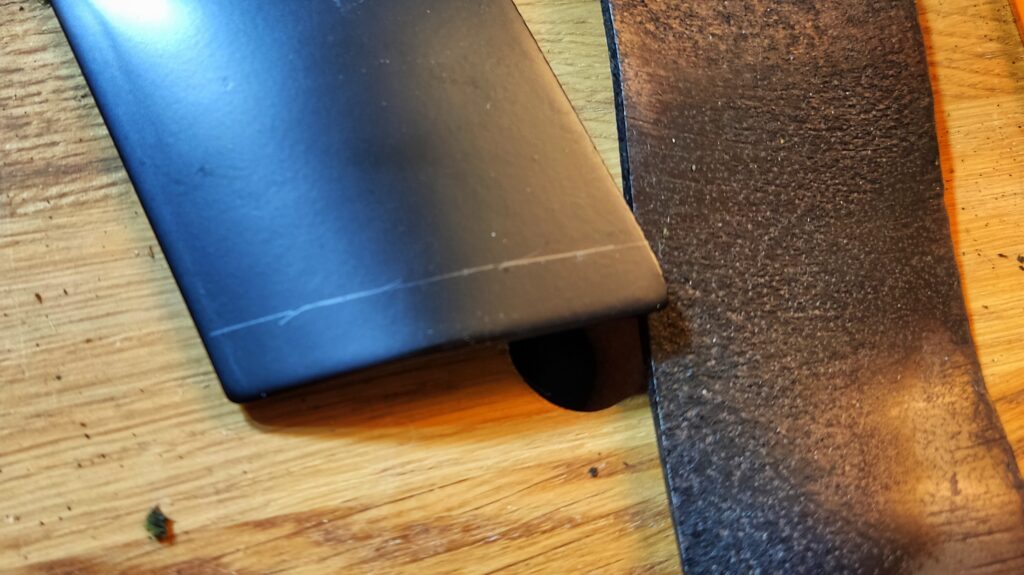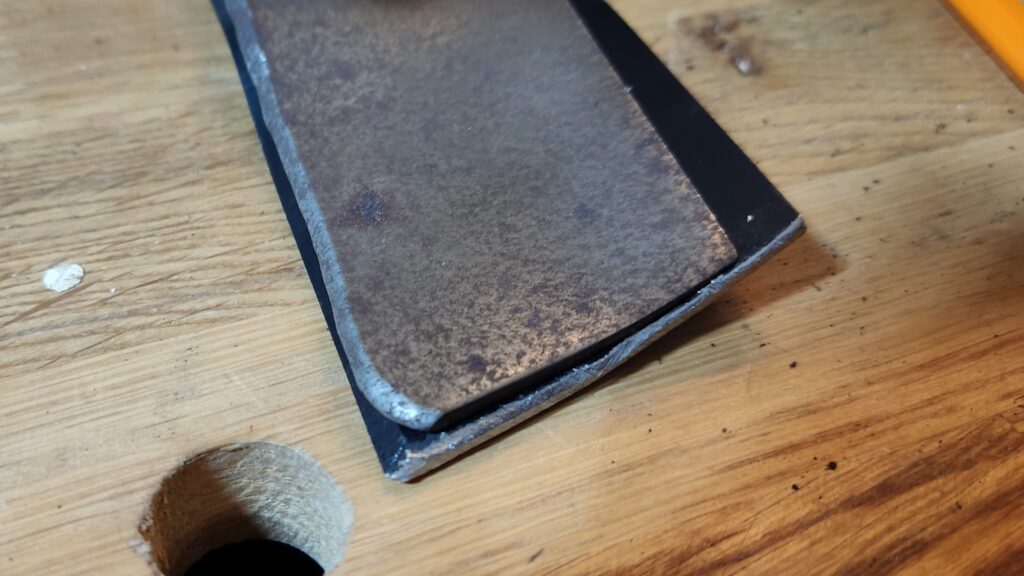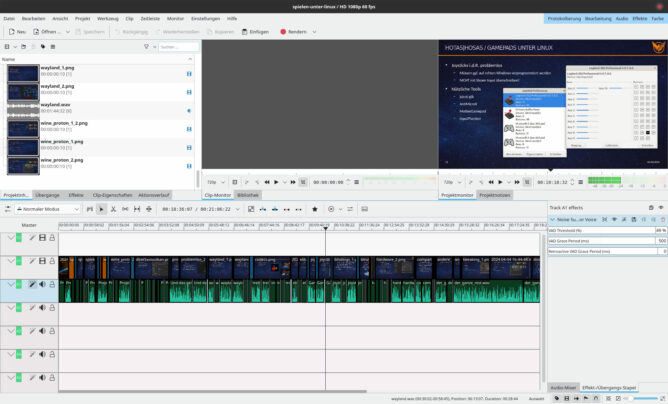Everybody: Help! suspend isn’t working
Me: Help! Suspend _is_ working
So… today I noticed that I forgot something on my Fedora Workstation at home. No problem, we have Wireguard, no? So I asked a family member to start my computer at home, which they did, and I logged into my box via ssh.
After that I had to install a programm first before starting my work so I installed it via sudo. The dnf command succeeded and directly after that – to my _utter_ surprise – did the terminal print the message “The system is going into suspend NOW”.
And it was gone. Just like my family members, who left the building in the meantime. WoL didn’t succeed. Work delayed 🤷
I was flabbergasted. And I tried it again later at home. If I do not login via gdm… the system suspends on it’s own again!
What on earth is doing this and how can I stop this from happening again???



